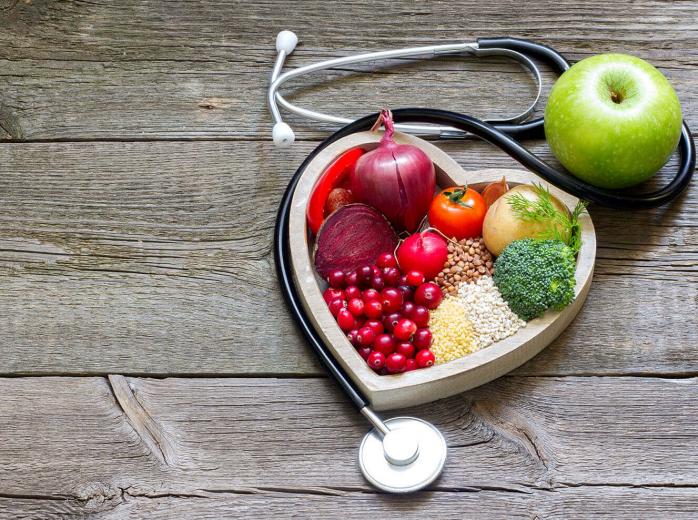
Stroke risk factors you can control: Behaviors
There are lifestyle changes women can make to lower their risk of stroke.





Smoking
Smoking raises your risk of stroke by 2 to 4 times that of a nonsmoker.1 Smoking raises your stroke risk in several ways:
- Smoking can cause your blood to thicken and be more likely to clot.
- Smoking may cause plaque buildup in the carotid artery (a major artery that leads to your brain).
- The nicotine in cigarettes can raise your blood pressure.
- Carbon monoxide from smoke reduces the amount of oxygen your blood carries to your brain.
If you smoke, do not use hormonal birth control. Many studies have found that women who smoke and take combination birth control (birth control with both estrogen and progesterone) are at high risk of stroke, especially women older than 35.
Get information and support to help you quit smoking at women.smokefree.gov.
Eating habits
What you eat is a big part of preventing stroke. Eating healthy can also prevent other health problems that lead to stroke, like high blood pressure.
Healthy eating to prevent chronic diseases and stroke means eating a healthy combination of foods from all of the food groups. Use the interactive MyPlate Plan to create a personalized healthy eating plan.
Eating healthy also means you do not eat a lot of food with saturated fat or trans fat, sodium (salt), or added sugar.
Learn more about heart-healthy eating.
Physical activity
Being active lowers your stroke risk. Regular physical activity helps keep your blood vessels flexible and clog-free. Physical activity can stop or even reverse the buildup of plaque in the arteries.
Physical activity is also an important part of recovery after a stroke and can help prevent another stroke.
You need to get at least 30 minutes of moderate aerobic activity at least five times a week and muscle-strengthening activity twice a week to stay healthy. Learn more about physical activity.
Alcohol and drug use
For women, more than one alcoholic drink a day raises stroke risk.2
"One drink" is:
- A glass of wine (5 ounces)
- A can of beer (12 ounces)
- A shot of liquor (1.5 ounces of 80-proof liquor)
Using illegal drugs like cocaine or abusing prescription drugs like amphetamines (speed) is a common cause of stroke in young people.3 The way that these drugs cause stroke is not clear. It might be related to several effects of the drug, including raised blood pressure and narrowing of blood vessels.
Stress
Stress is your body's response to a change or a challenge. Long-term stress can raise your risk of stroke.
Stress raises your blood pressure. Over time, this can damage your arteries. Stress also may indirectly raise your risk of stroke if it makes you more likely to smoke, eat unhealthy foods, or less likely to exercise.
Learn more about stress and your health, including how to cope with stress in healthy ways.
Did we answer your question about stroke risk factors?
For more information about stroke risk factors, call the OWH Helpline at 1-800-994-9662 or check out the following resources from other organizations:
- African-Americans and Stroke — Information from the National Stroke Association
- High Blood Pressure — Information from the National Heart, Lung, and Blood Institute
- Reduce Your Risk of Stroke — Information from the Department of Health and Human Services
- Smoking and Tobacco Use — Centers for Disease Control and Prevention information on smoking
- Stroke Risk Factors: Understanding Risk — Information from the American Stroke Association
Sources
- U.S. Department of Health and Human Services. (2014). The Health Consequences of Smoking — 50 Years of Progress: A Report of the Surgeon General.
- O'Keefe, J. H., Bhatti, S. K., Bajwa, A., DiNicolantonio, J. J., & Lavie, C. J. (2014). Alcohol and cardiovascular health: the dose makes the poison…or the remedy. Mayo Clinic Proceedings, 89(3), 382–393.
- Esse, K. A., Fossati-Bellani, M., Traylor, A., & Martin-Schild, S. (2011). Epidemic of illicit drug use, mechanisms of action/addiction and stroke as a health hazard. Brain and Behavior, 1(1), 44–54.

